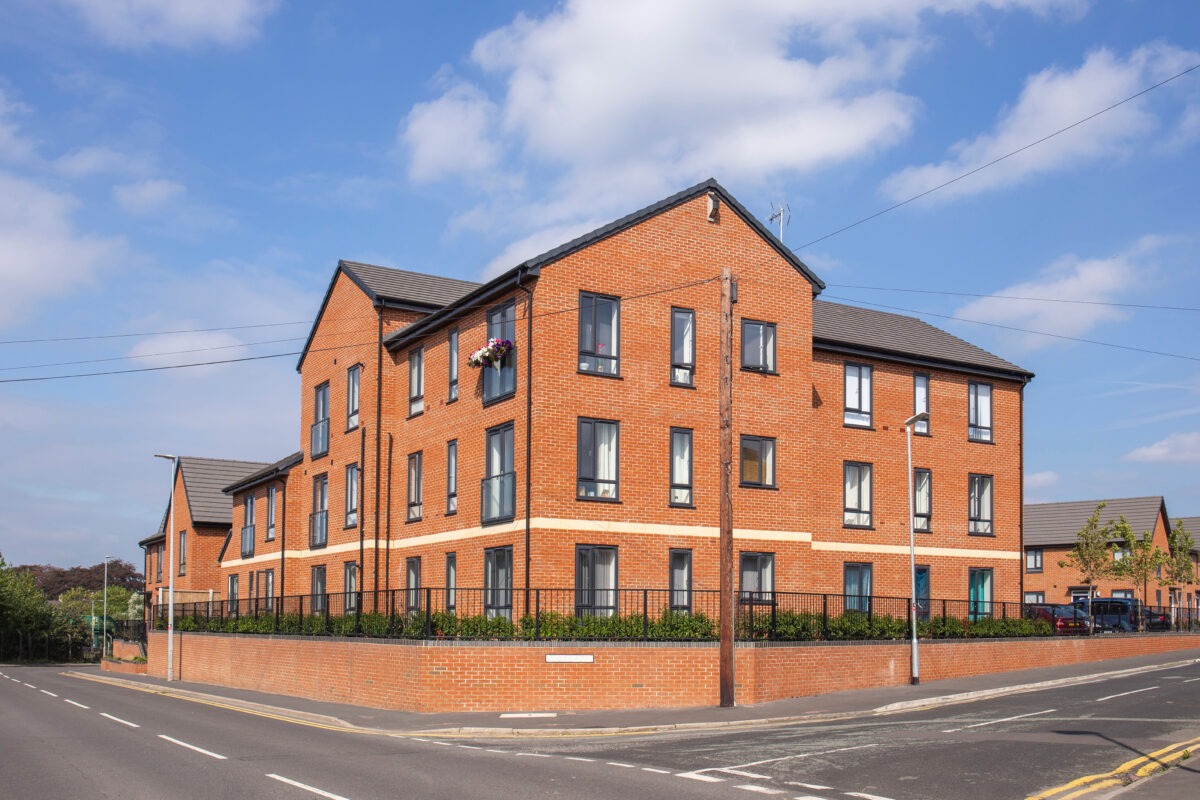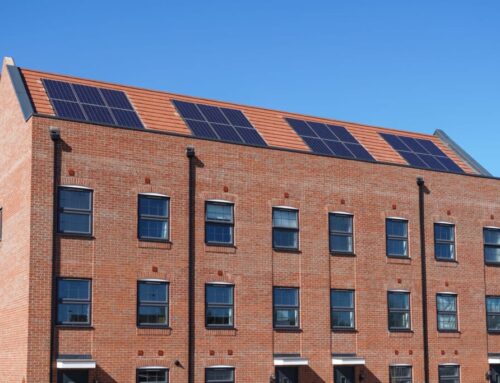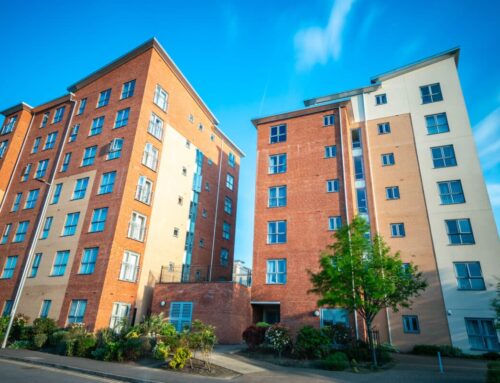Darren Bagnall from Block in a Box looks at how you can avoid long-term costs of preventative maintenance on shared spaces.
When managing a block of flats, it can be tempting to tackle problems as they arise. After all, why fix something that is not broken? But for Residents’ Management Company (RMC) directors, this reactive approach to building maintenance often ends up costing far more in the long run.
Preventative maintenance (the practice of regularly inspecting, servicing and upgrading parts of a building before they fail) is the most effective way to manage shared spaces. It does not just reduce costs over time; it also improves resident satisfaction, strengthens the building’s overall resilience and helps to ensure compliance with legal responsibilities.
From Reactive to Proactive: Why Change Matters
Most RMC directors and leaseholders will recognise this cycle: a leak appears, the lift breaks, a roof tile falls during a storm and suddenly the RMC is scrambling to source emergency contractors and explain surprise expenses to residents. It is stressful, expensive and easily avoidable.
Shifting to a proactive approach means thinking ahead. Just like regular MOTs for your car helps avoid a breakdown, regular building maintenance keeps minor issues from escalating into major repairs.
It is about investing in the longevity of the building and protecting residents from inconvenience and surprise costs.
The Financial Benefits of Preventative Maintenance
One of the strongest arguments for preventative maintenance is cost control. While proactive upkeep involves regular outlay, the long-term savings can be significant:
- Lower repair bills: Routine checks identify wear and tear before it becomes critical. For example, a blocked gutter cleared for a few hundred pounds can prevent thousands of pounds in water damage.
- Extended asset life: Lifts, boilers, roofs and communal lighting systems last longer with regular maintenance.
- More predictable budgeting: Preventative work can be scheduled and built into the annual budget, reducing reliance on emergency funds or one-off contributions.
By maintaining systems on a schedule, RMCs can also avoid the inflated costs and contractor premiums that come with emergency callouts.
Creating a Maintenance Schedule
A good preventative maintenance plan begins with a schedule, with inspections as a cornerstone. Depending on the size and complexity of the development, you may schedule quarterly, bi-annual, or annual inspections by specialists.
Here are some of the key areas that should be reviewed regularly:
- Roofing and guttering – check for leaks, moss build-up and damaged tiles.
- Lifts and mechanical systems – ensure proper servicing according to manufacturer guidelines.
- Fire safety equipment – test alarms, extinguishers and emergency lighting.
- Water systems – conduct Legionella testing and check for leaks or pipe damage.
- Communal electrics and lighting – test circuits, replace old fixtures and check emergency backups.
- Facade and windows – inspect for cracking, damp, or damage to render.
Directors can also arrange high-level inspections to check for:
- Deteriorating materials
- Water ingress risks
- Safety compliance
- Energy inefficiencies
These checks also offer RMC directors the evidence they need to plan future works and communicate transparently with leaseholders. All inspections should be carried out by qualified professionals, and all findings should be logged to track the condition of the building over time.
Improving Resident Trust and Satisfaction
No one likes surprise bills and few things frustrate residents more than feeling uninformed or unprepared. When maintenance is planned, communicated and clearly budgeted for, leaseholders feel more confident in the management of their building.
Preventative maintenance allows RMCs to keep residents updated on ongoing works, demonstrate responsible management and reduce the likelihood of disruptive failures that affect the day-to-day lives of residents.
Transparency also reduces the potential for disputes and complaints – with a clear plan and record of inspections, directors can justify expenditure and avoid accusations of neglect.
Legal and Regulatory Compliance
Health and safety obligations and lease terms all require regular maintenance and reporting. A proactive approach helps ensure compliance, making it easier to pass audits, secure insurance and respond to resident queries.
Ignoring preventative work does not just invite larger bills, it can lead to liability if systems fail and damage occurs as a result.
Finding Trusted Maintenance Partners
Of course, putting a preventative maintenance plan in place means working with professionals you can trust. Whether it is a roofing contractor, lift engineer, or fire safety inspector, having reliable partners is essential.
Block in a Box is designed specifically for RMCs and leasehold developments. It is your go-to source of trusted, vetted service providers. From maintenance contractors to surveyors and managing agents, you will find everything you need to build and manage a proactive maintenance plan with confidence.
Having the right team behind you makes preventative maintenance not only achievable but efficient and effective. Block in a Box connects you with professionals who understand the needs of leasehold buildings and can help tailor a maintenance programme that fits your budget and obligations.
Planning Ahead Pays Off
Preventative maintenance is a mindset as much as a management strategy. It is about shifting the focus from quick fixes to long-term value – from firefighting to foresight.
For RMC directors, the benefits are clear: fewer emergencies, lower costs, smoother operations and more satisfied residents. And with Block in a Box at your side, finding the right help could not be easier.
If your development is still relying on reactive maintenance, now is the perfect time to take stock, create a plan and future-proof your building.







Leave A Comment